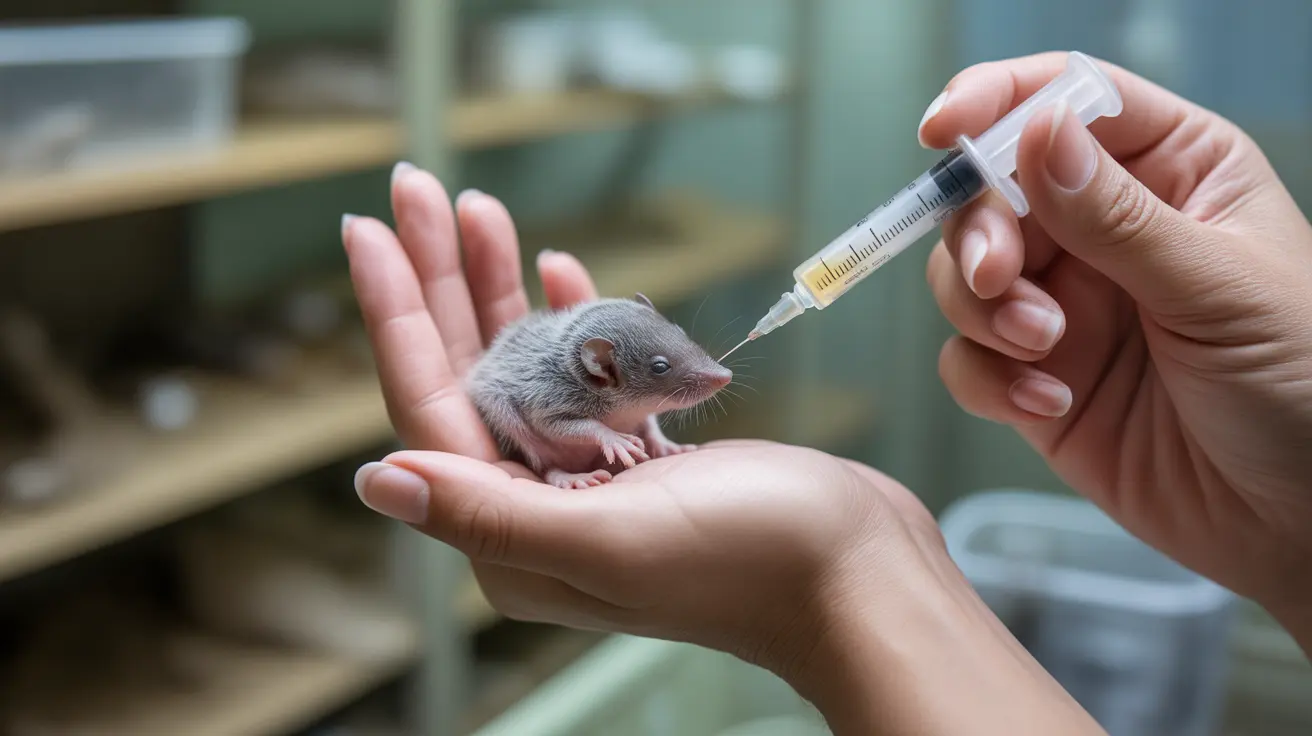How Long Will It Take for My Cat to Get Used to My Dog?
Introducing a cat and a dog can be a delicate process. These animals have very different instincts, communication styles, and social behaviors. While dogs tend to be pack animals with a desire for companionship, cats are generally more territorial and independent. Despite these differences, with proper socialization and a gradual introduction, many cats and dogs can not only coexist but also form strong bonds.
Timeline for Adjustment
There's no one-size-fits-all answer, but most cats will take a few weeks to a few months to adjust to living with a dog. The process heavily depends on the:
- Age of each pet — Younger animals tend to adapt more quickly.
- Temperament — Calm, friendly pets are easier to socialize.
- Previous experiences — Pets with prior positive experiences with other species may adapt faster.
Important Note: Forcing interactions or rushing the process can backfire, causing long-term fear or aggression.
Steps for a Successful Introduction
1. Scent Familiarization
Start by keeping your cat and dog in separate areas. Swap bedding, toys, or blankets so that each pet can sniff the other's scent without direct contact. This stage should last for several days.
2. Controlled Visual Contact
Use baby gates or cracked doors to allow them to see one another without full access. Monitor their reactions. Gentle curiosity is good; signs of aggression or fear signal a need to slow down.
3. Supervised Introduction
- Keep the dog on a leash.
- Let the cat have free movement to approach or retreat.
- Use treats to reward calm behavior from both.
- Keep sessions short and non-threatening.
4. Gradual Increase in Interaction
As both animals become more comfortable, gradually extend the time they spend together under supervision. Repeat this over several weeks until you're confident they can interact safely.
5. Independent Safe Zones
Ensure both pets have their own areas to eat, rest, and feel secure. Cats in particular benefit from vertical spaces or rooms without dog access.
Factors That Influence Success
- Age at first meeting — Puppies and kittens tend to bond easier.
- Species experience — Pets used to other animals may adapt quicker.
- Dog’s prey drive — Some breeds have a high urge to chase small animals.
- Cat’s confidence level — Confident cats may establish boundaries more effectively.
Communication Differences
Miscommunication often complicates dog-cat relationships:
- A wagging tail may mean happiness in dogs but anxiety in cats.
- Play postures differ — what a dog sees as playful, a cat might interpret as aggression.
Over time, repeated positive experiences help each species understand the other's cues.
Common Mistakes to Avoid
- Never leave pets alone together initially.
- Don't force interactions — let the cat set the pace.
- Avoid scolding either pet for their initial reactions.
- Don't neglect mental and physical stimulation for either animal.
Signs of Progress
- Curiosity without aggression.
- Relaxed body language near each other.
- Playful behavior or grooming.
- Ignoring each other without tension.
When to Seek Professional Help
If you notice prolonged signs of aggression, stress, or fear, consult a veterinarian or animal behaviorist. Some pet pairings may not be compatible, and it's crucial to prioritize safety and well-being over forcing cohabitation.
Success Stories and Realistic Expectations
Many pet owners successfully manage multi-species homes. While not all cats and dogs become best friends, most can learn to peacefully coexist when introduced properly. Some form friendships, nap together, and even groom each other. Others simply learn to respect each other's space — which is also a win.
Conclusion
Patience, consistent positive experiences, and attention to each animal’s individual needs are the keys to ensuring harmony. While it may take some time — from several weeks to a few months — your cat and dog can develop a respectful and possibly affectionate relationship.





